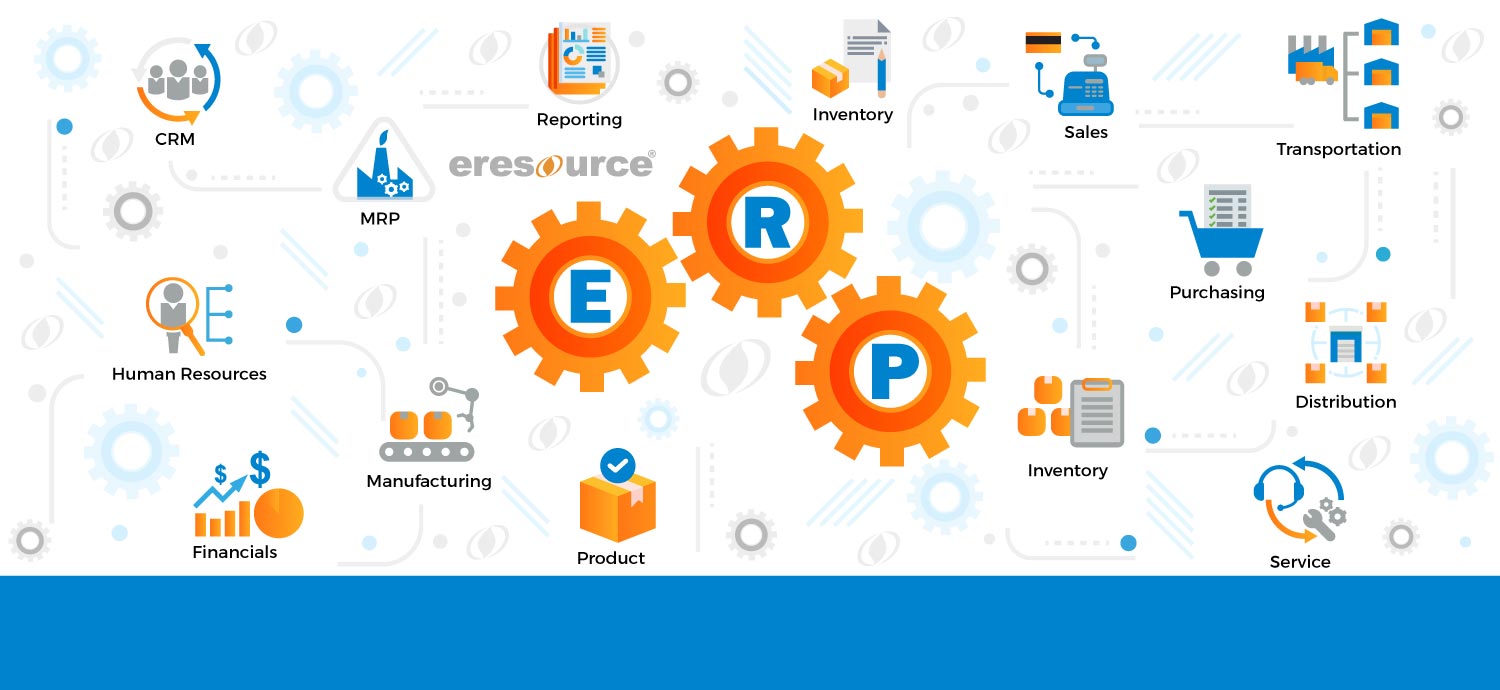User-driven ERP Implementation:
User driven project every organization has its own cultural or organizational structure. In this situation, it is natural for them to be sceptical about ERP, since it is felt that their businesses are unique, organizations varying and cultures different. However, there is no need of such concern as an ERP package has been designed and is being continually upgraded to incorporate the best industry practices to suit most industry segments.
With thorough and dedicated BRP study and adapting those changes in the business process well before implementing the ERP shall help make things smoother. It is therefore recommended that this methodology is followed; otherwise there is chance that most of the time users are left frustrated. This leads to poor participation and costly delays.
It is important to understand that an ERP package not necessarily fit in completely with the existing business practices of most organizations and hence, the onus is on the users to appreciate this fact and to work with the implementation consultants in trying to adapt to the package. In doing so, they don’t have to feel that they are compromising on their business effectiveness; rather, by accepting the package, they are adopting the best of breed business practices and ensuring the successful implementation of new system.
The other important factor is that the users do not expect a reduction in their workload immediately after the implementation of ERP Software and should not look for a miracle to happen. An ERP package is only an enabling tool and improves the flow of information and formalizes all the business processes and workflow that exists in an organization. It helps users to do their jobs better, which may call for additional efforts.
If one has to have more information in a system, it entails more work for more users, but the benefit is that this information is properly stored and can be fruitfully uses by other users in making better decisions. As the flow of information throughout the organization improves, the company starts performing better and this in turn benefits the users who have collectively improved their way of working. The package design and the architecture facilitate the availability of information to all authorized users in a useful way.
Also Read – ERP Software for Furniture Industry
Another important factor is the role of the consultant. The consultants by virtue of their industry experience and package expertise can help set the expectations of users at various levels keeping in mind the overall business objectives of the client. But it is also important to remember that a consultant is an external agent and all the business process of the organization is more akin to the management team and the users than the consultant.
The consultant however, can work closely with key users, understanding their needs, analyzing the business realities and designing solutions that meet the basic objectives of the company.
They, then, have to impress upon the users that individual needs can be met by keeping the organization’s needs in mind. It is the responsibility of the consultants and management team from the organization to guide them in this task and facilitate the overall implementation process. In essence, ERP implementation is predominantly a ‘User Driven’ project.
Also Read – ERP Software Company In India
Categories
Register for Free Demo!
Recent Post
-

eresource ERP 360 - an
11th Apr 2019 -

A competitive ERP system for
17th Apr 2019 -

Auto components manufacturing industry has
17th Apr 2019 -

Make the best use of
17th Apr 2019







